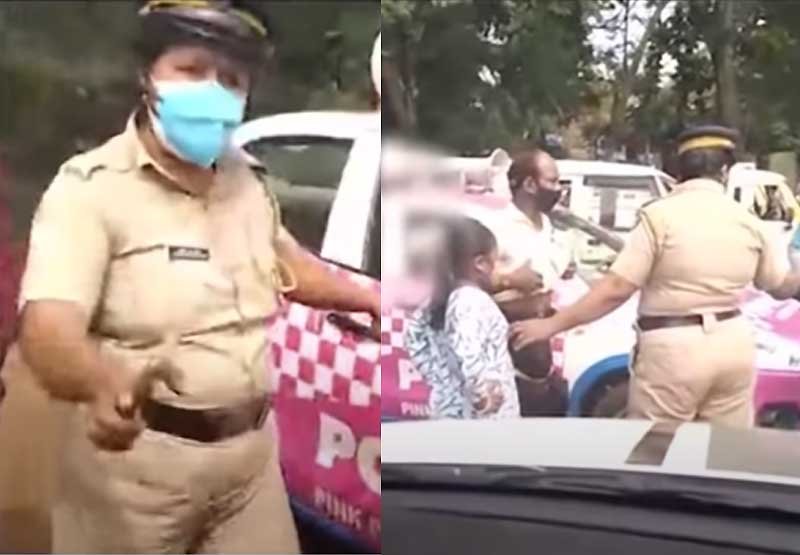On a day that was meant to be memorable for witnessing the marvels of ISRO machinery, an eight-year-old girl and her father, Jayachandran, they faced an unforeseen ordeal when they were accused by a police officer of stealing a mobile phone. The incident, which unfolded near a police vehicle in Attingal, Trivandrum, escalated as the officer, Rajetha, publicly claimed that the child and her father resembled suspects in a gold robbery case. Despite their protests, they were subjected to humiliation and the accusatory glare of the public eye. It was only when bystanders insisted that the police search their vehicle that the missing phone was located in the officer’s bag, highlighting a gross misuse of authority and casting a shadow on the reputation of local law enforcement.
Historical Context:
Public trust in the police has been eroded by numerous instances of misconduct that have surfaced over the years. From unnecessary force during arrests to questionable verdicts in the court of public opinion, these events have not only caused an outcry but have prompted discussions on the nature of power and the responsibility of those vested with it. High-profile cases, regularly featured in media reports, have led to an increasing demand for transparency and accountability within police departments globally. The frequency and visibility of such incidents have gravely impacted the way communities view their protectors, often leading to a deep-seated mistrust that undermines the very fabric of societal safety and cohesion.
Public Response: Examination of Community Reaction.
In the aftermath of this unsettling event, the public has taken to various online platforms to voice their frustration and concern. Social media has become a groundswell of support for the young girl and her father, with netizens widely sharing the video of the incident and expressing their disdain for the police officer’s actions. The viral nature of this footage has accelerated the call for accountability, underlining the powerful role of digital communities in advocacy and social justice.
The public outcry was not just a fleeting moment of shared indignation but a clear indication of society’s expectations for ethical policing. Many comments echo a collective demand for not only disciplinary action against the officer involved but also for systemic reforms to prevent such abuses of power. The incident has struck a chord, sparking conversations about the broader implications of law enforcement’s interaction with citizens, especially the underprivileged. It has reinforced the emphasis on the democratizing force of social media to hold authorities to account.
Consequences for Involved Parties:
Disciplinary actions for the offending officer may include a range of measures, from suspension to dismissal, depending on the internal review and severity of misconduct as determined by the policing authorities and the relevant legal framework. This can be accompanied by mandatory retraining in professional conduct or courses on community relations to prevent the recurrence of such incidents. Furthermore, criminal proceedings could be initiated if the officer’s actions are found to violate laws protecting citizens from harassment and false accusations.
For the victims, protective measures should involve legal assistance to ensure their rights are upheld throughout any inquiry or investigation into the incident. Psychological support, including counselling, can be offered to help them cope with the trauma experienced by public humiliation and accusations. Also crucial is a public apology from the police department to restore the dignity and reputation of the victims, along with an assurance of safety and non-retaliation. Lastly, it is essential to have a transparent process in place to keep the victims informed about the proceedings and outcomes of their cases.
Institutional Action: The involvement of the Child Human Rights Commission underscores the seriousness with which this case is being regarded. In response to the viral video, the commission quickly stepped in, condemning the public trial of the child and her father and calling for a formal investigation into the incident. They have requested a comprehensive report from the police department, a move signalling the commission’s commitment to protecting the welfare and rights of children. The organization has also recommended that procedures be re-evaluated to ensure such incidents are not repeated in the future. The commission’s proactive stance has been received positively by the public, who view it as a necessary step towards accountability and the safeguarding of human rights within the community.


